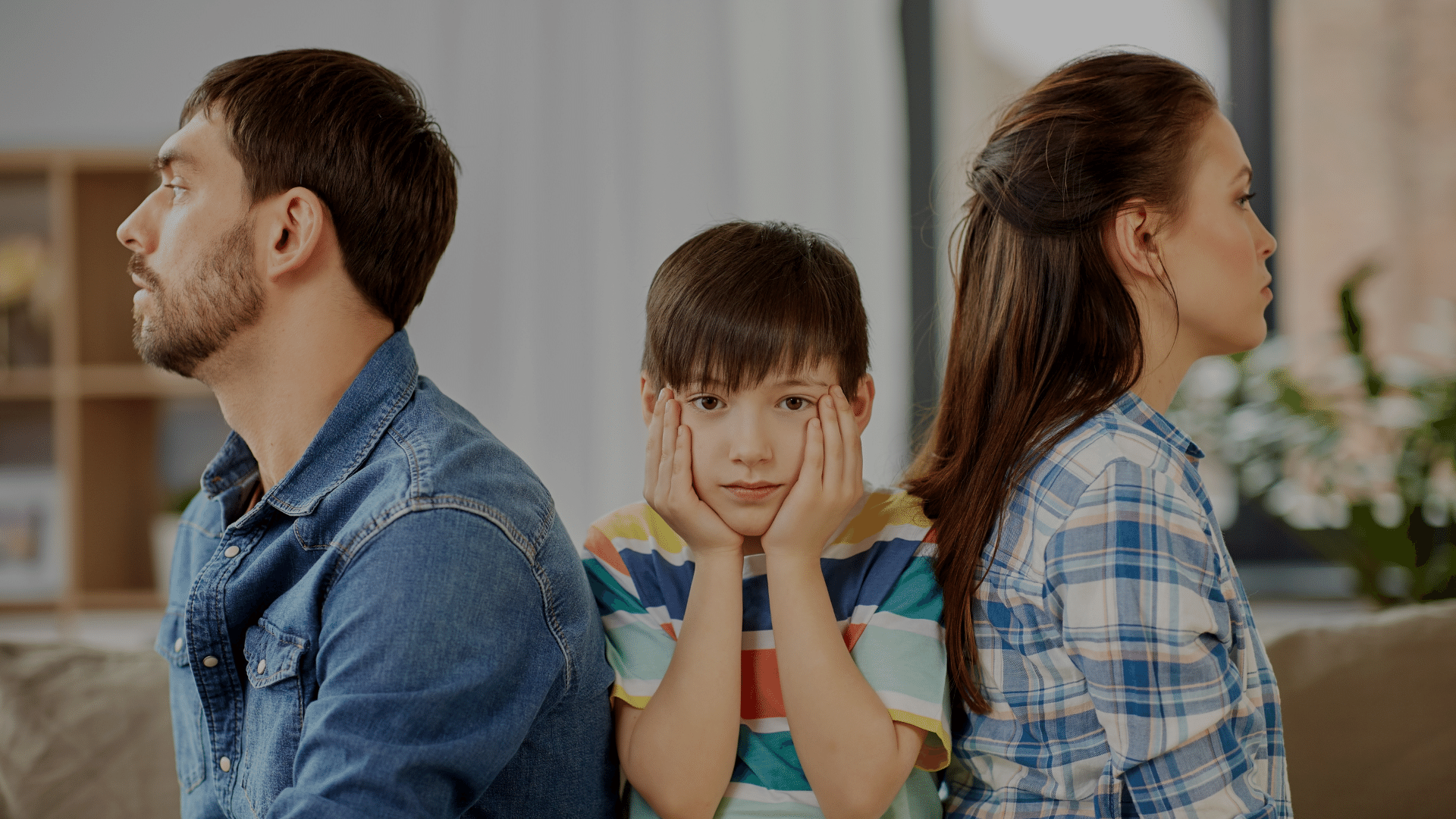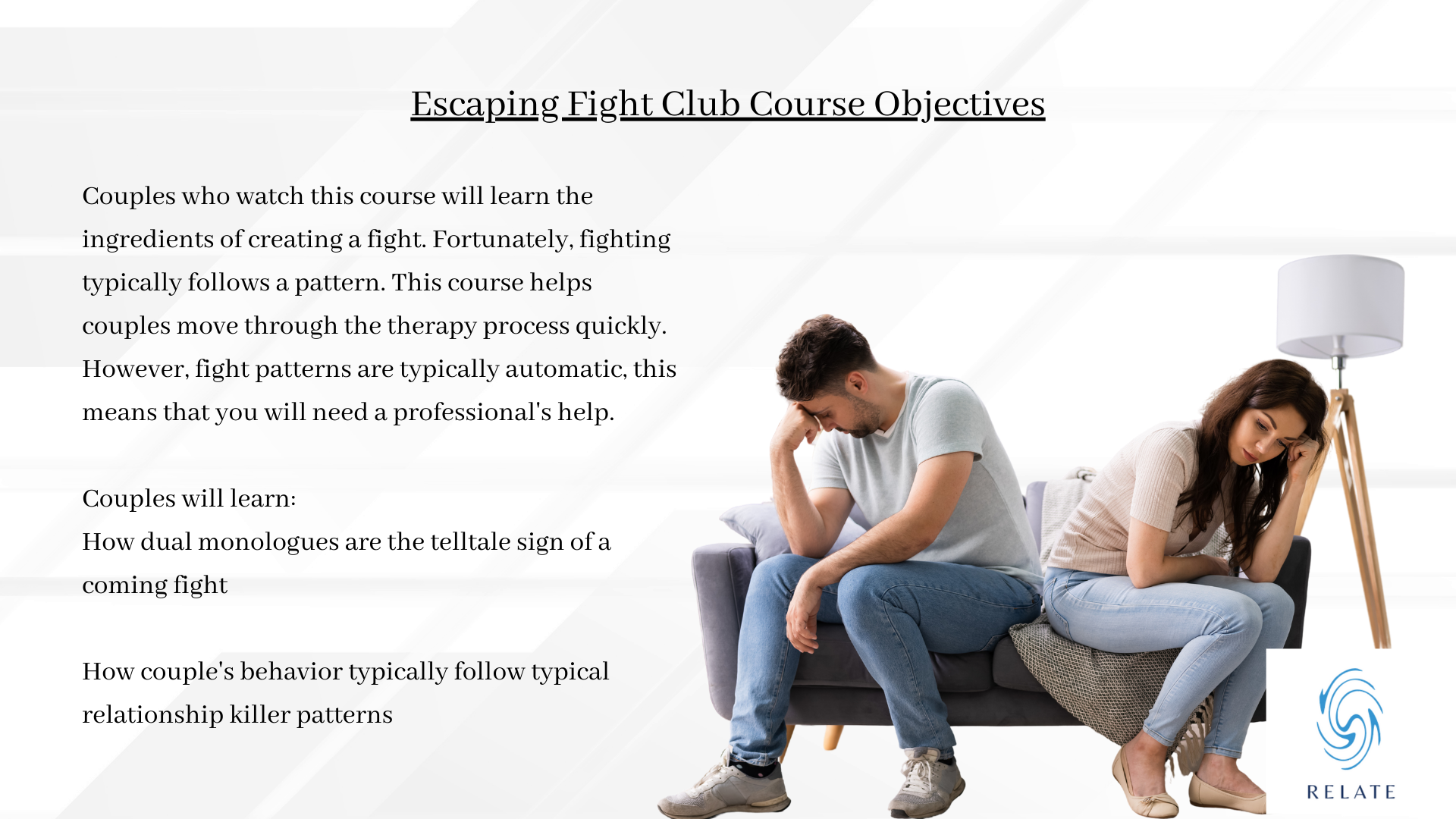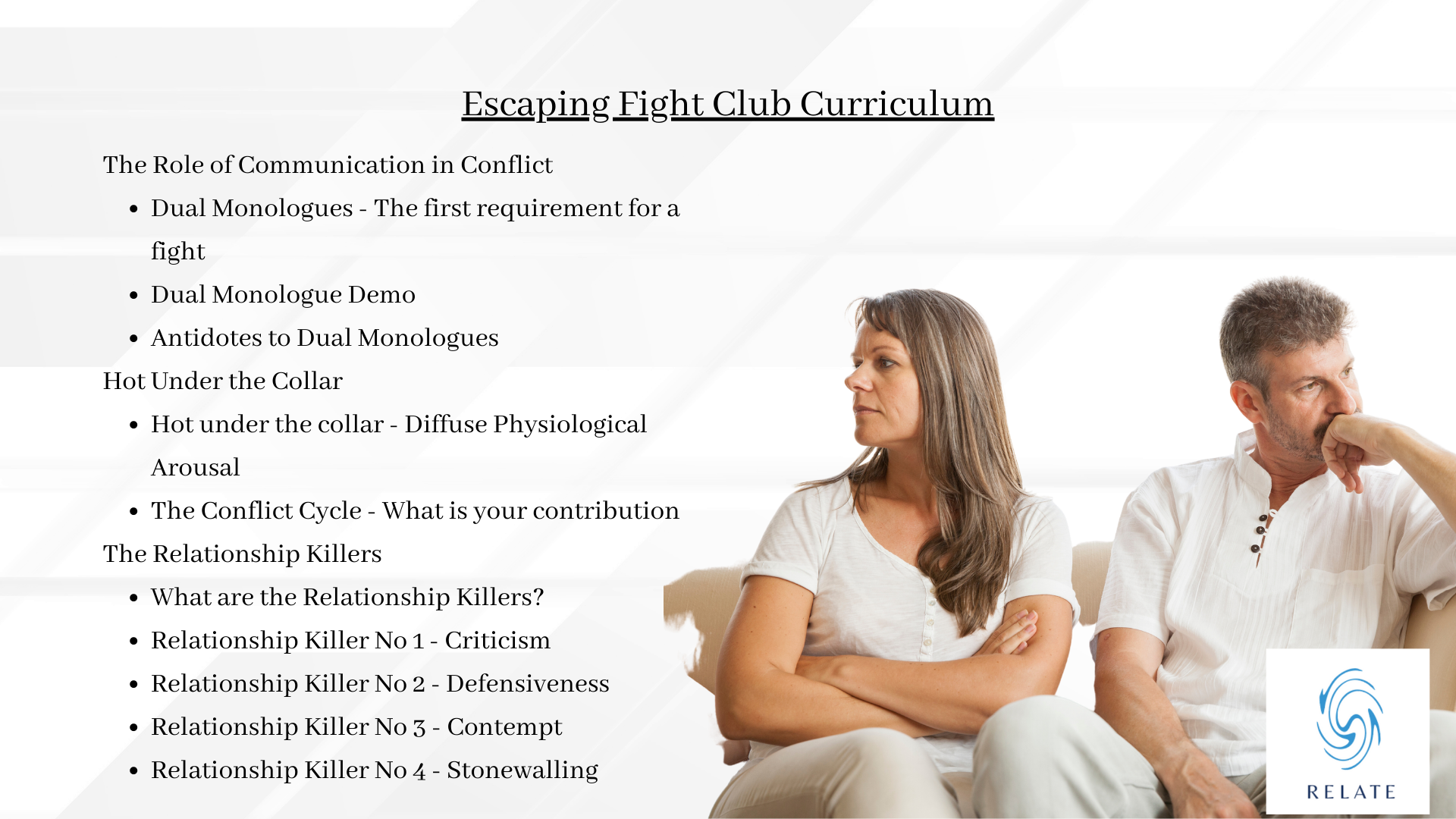Can Healthy Couples Fight?
Healthy fighting in relationships involves open communication, active listening, and respect for each other's perspective. It is important for partners to express their needs and concerns without attacking or belittling each other.
When Fighting in a Relationship is Healthy
Healthy fightingis absolutely possible and even necessary in a relationship. Here are some key elements:
- Softened Startup: Begin the conversation about the issue without blame or criticism. Try to use "I" statements to express your feelings and avoid generalizations.
- Acceptance of Influence: Be open to your partner's perspective and show that you're considering their point of view. This doesn't mean you have to agree, but rather that you're hearing them.
- De-escalation: Know when to take a break and calm down before continuing the discussion. This prevents flooding and allows for more productive communication.
- Repair and De-escalation: Make efforts to diffuse tension and apologize if necessary. Humor, affection, and conciliatory comments can be very helpful here.
- No Stonewalling or Contempt: These are signs of disengagement and disrespect. They're toxic to a relationship and should be avoided at all costs.
- Compromise: Healthy conflict resolution often involves finding a middle ground that works for both partners.
- Understanding Unresolved Conflicts: Know that not all issues will be fully resolved. Sometimes, agreeing to disagree and moving forward is necessary.
Remember, the goal isn't to never fight, but to navigate disagreements in a way that respects both partners and potentially even strengthens your bond.
What is Toxic Fighting in Relationships?
Unhealthy fighting, on the other hand, involves destructive behaviors such as criticism, defensiveness, contempt, and stonewalling. These behaviors can erode trust, create resentment, and damage the relationship over time. It is important for couples to recognize and address these negative patterns of interaction in order to foster a healthy and fulfilling relationship. Fighting itself is not inherently unhealthy in relationships, but it is the way conflicts are handled and resolved that determines whether it is healthy or unhealthy.




Escaping Fight Club: How to Stop Fighting
Description
Nobody likes fighting. Most conflicts are avoidable and certainly repairable. Slow down the pattern in 30 days and strengthen the connection you're seeking.
Couples who are considering relationship therapy for fighting should watch this online course. Learn the ingredients of creating a fight. Fortunately, fighting typically follows a pattern. This course helps couples move through the therapy process quickly. However, fight patterns are typically automatic, this means you will need help.
In this course couples will learn:
- How dual monologues are the telltale sign of a coming fight
- How couple's behavior typically follows a typical relationship killer pattern
Course Curriculum
- Dual Monologues - The first requirement for a fight
- Dual Monologue Demo
- Antidotes to Dual Monologues
- Hot under the collar - Diffuse Physiological Arousal
- The Conflict Cycle - What is your contribution?
- The Relationship Killers: What are the Relationship Killers?
- Criticism
- Defensiveness
- Contempt
- Stonewalling
Escaping Fight Club is Part of Relate's International School of Love. Learn more here.
Are You Always Fighting?
If you are constantly fighting it is likely time to seek a therapist. Fight patterns are deeply engrained and difficult to change within the relationship. Here are a few signs it might be time:
- Fights are Increasing: If you find yourself fighting more often, or with greater intensity.
- Resentment is Building: If you feel like your issues are not getting resolved and resentment is growing.
- You Feel Hopeless: If you're feeling stuck and don't know how to improve things on your own.
- Intimacy is Suffering: If your conflicts are impacting your emotional or physical intimacy.
Remember, relationships take work, but they're also a source of great joy. With the right tools and mindset, you can strengthen your connection.
Safety and Violence Should be Resolved before Relationship Therapy
Safety and the absence of violence in relationships is a precondition to a healthy relationship. Relationships should provide a secure and nurturing environment where both partners feel respected and valued. Violence and abuse are clear indicators of an unhealthy relationship and can have severe negative impacts on the well-being of the individuals involved. Open and honest communication, empathy, and understanding are essential components for maintaining a safe and violence-free relationship. If one partner feels unsafe, is concerned that their items will be broken, or is denied access to others, couples therapy should not be considered. In this case it is important to address safety first through local resources and individual therapy.
Blog posts

Navigating the Stormy Seas of Couple Conflicts: Understanding and Managing Emotional Turmoil
Conflict in relationships can often appear like unexpected storms, erupting suddenly and leaving couples feeling bewildered and unsteady. For many, these quarrels spring up seemingly out of thin ai...


